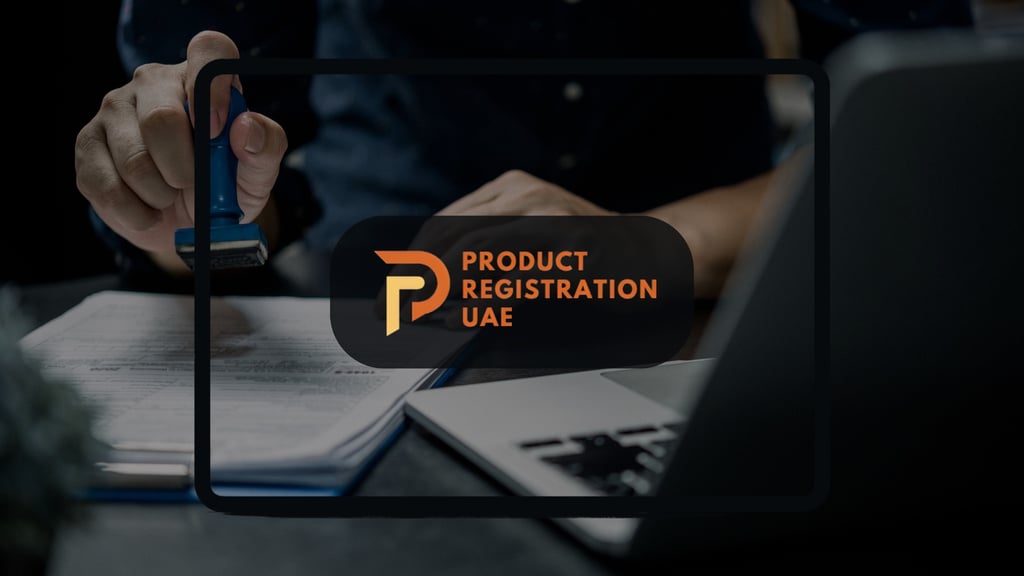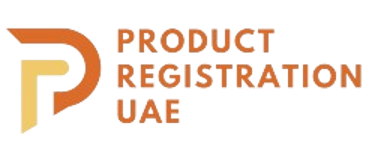Post Approval Variations Guide
Manage post approval variations UAE without delays. This change control guide covers labels, formulas, suppliers, documents, timelines, and cutover plans.
8/28/20254 min read


Post‑Approval Variations in the UAE:
Change Control for Labels, Formulas & Suppliers
Getting a product approved in the UAE is only the beginning.
The moment you change a supplier, tweak a formula, add a shade, or redesign a label, you enter the world of post‑approval variations.
Manage these changes correctly and your listings stay active.
Miss a step and you risk de‑listing, customs holds, or a full re‑submission.
This guide explains what counts as a variation, which documents you need, and a pragmatic process to keep products compliant while your business evolves.
What Counts as a Post‑Approval Variation in the UAE?
A post‑approval variation is any change that may affect the approved scope, safety, composition, labeling, or traceability of a product.
Authorities expect you to document the change, evaluate risk, and—when required—notify or seek re‑review before shipping updated stock.
Minor vs. Major Changes (Typical Patterns)
Minor (often notification): artwork layout tidy‑ups, language corrections that don’t alter meaning, barcode relocation, carton dimension tweaks, pack finish updates, addition of non‑functional imagery, minor scent intensity adjustments without composition change.
Moderate (review likely): new pack sizes, updated warnings, added claims, shade extensions, origin statement edits, change of secondary packaging supplier, alternative non‑active excipient with equivalent spec.
Major (re‑review or re‑registration likely): active/INCI composition changes, animal‑derived origin changes, ethanol/solvent system changes, primary packaging material switch affecting safety/stability, manufacturing site change, brand owner transfer.
Common Real‑World Scenarios
Supplier switch: same INCI, new vendor—requires origin letters, specs match, and stability rationale.
Formula tweak: removing a restricted allergen or changing solvent—needs comparative safety rationale and updated dossier.
Shade expansion: new colorways under the same base—add shade list, artwork, and batch traceability plan.
Label refresh: new design system—prove 1:1 data equivalence, keep Arabic content complete and legible.
The Change Control Pack: Documents You Need Every Time
Think of change control as a mini‑dossier update. A clean pack shortens review time and avoids back‑and‑forth.
Change rationale memo: what changed, why, risk level (minor/moderate/major), and impact assessment.
Before/After artwork set: all panels at print size; highlight differences.
Updated formula/INCI sheet: with exact or ranged percentages; mark changed lines.
Supplier documentation: origin letters (animal/plant/synthetic), halal/vegan where relevant, updated COAs/specs.
Stability & compatibility note: why the change does not affect shelf life or safety; attach data where available.
Manufacturing evidence: site licenses, GMP status; site‑change statement if applicable.
Traceability map: how batches produced under old/new specs will be identified and controlled in market.
Portal data snapshot: entries that must be updated to match new artwork/dossier.
Authority Pathways & Typical Timelines (What to Expect)
Notification vs. Re‑Review
Notification is common for minor label layout changes that do not alter meaning or scope. Keep a dated log and proof of submission.
Re‑review is likely for anything touching composition, safety warnings, origin statements, or manufacturing site. Build in lead time and freeze distribution until clearance, where required.
When Are Inspections or Sampling Likely?
Site changes, solvent/ethanol system changes, or complex safety claims may trigger sampling or a targeted facility audit. Prepare CAPA and cleaning validation ahead of time.
Risk Traps That Cause Delays
Claim creep: adding efficacy or therapeutic language that the original dossier never covered.
Arabic gaps: forgetting to update Arabic warnings or usage directions to match the English edits.
INCI mismatches: artwork and portal don’t reflect the new base or shade list.
Origin ambiguity: new supplier with unclear animal vs. plant source; missing ethanol origin.
Untracked transition: mixed inventory with no batch cut‑over plan.
Fast‑Track Playbook (Use This Every Time)
Classify the change (minor/moderate/major) and select the authority path.
Assemble the change pack (rationale, before/after artwork, dossier deltas, supplier proofs).
Run a bilingual label QA—verify all mandatory Arabic fields remain complete and legible.
Align portal data to the new truth; prepare screenshots for the submission file.
Submit and track—create a variation ticket/reference; record due dates and owner.
Respond fast to clarifications—use supplier templates to avoid waiting cycles.
Implement a cut‑over plan—define last batch of old spec, first batch of new spec, and recall triggers if needed.
Close the loop—update your change‑control register and archive approvals/communications.
Practical Tips for Operations & QA
Template your memos: use a standard “Change Rationale + Risk” format so reviewers see familiar logic.
Maintain supplier playbooks: pre‑agreed templates for origin letters, halal/vegan statements, and quick COA refreshes.
Tie version codes to labels: print artwork version/date codes so investigators can match shelf packs to approvals.
Pre‑agree shade naming logic: avoid rejections over inconsistent SKU vs. marketing names.
Schedule quarterly audits of your label library against current regulations and internal specs.
FAQs (Search‑Style Answers)
Do I need a full re‑registration if I change fragrance?
If composition or solvent system changes, expect re‑review. If it’s only intensity with identical inputs, a notification may suffice—document the proof.
Can I ship while a variation is under review?
For major changes, assume you must wait for clearance. For minor notifications, maintain strong documentation and batch control.
What if my supplier cannot provide origin letters in time?
Either delay the change or select an alternative supplier who can. Submitting without origin proof is the fastest route to objections.
We found an Arabic typo after printing—what now?
Assess risk. For critical fields (warnings, usage), stop and correct. For non‑critical typos, consult on acceptable over‑labeling and file a notification.
How long do variations take?
Simple label notifications can clear quickly; composition or site changes may take several weeks. Your responsiveness to clarifications is the biggest driver.
Recommended Reads
Arabic Labeling Requirements UAE — the 30 most‑missed items you must fix before submission.
Government Approvals Support in the UAE — submissions, clarifications, and escalations for faster outcomes.
Halal Certification for Cosmetics in the UAE — ingredient origins, labeling, and audit readiness.
If you’re planning updates—or firefighting a stuck variation—our team can package the change, align Arabic artwork and portal data, and manage the back‑and‑forth until approval lands.
Contact Us or Use the chatbot in the bottom‑right corner to outline your case, and we’ll start with a quick change‑risk assessment today.


